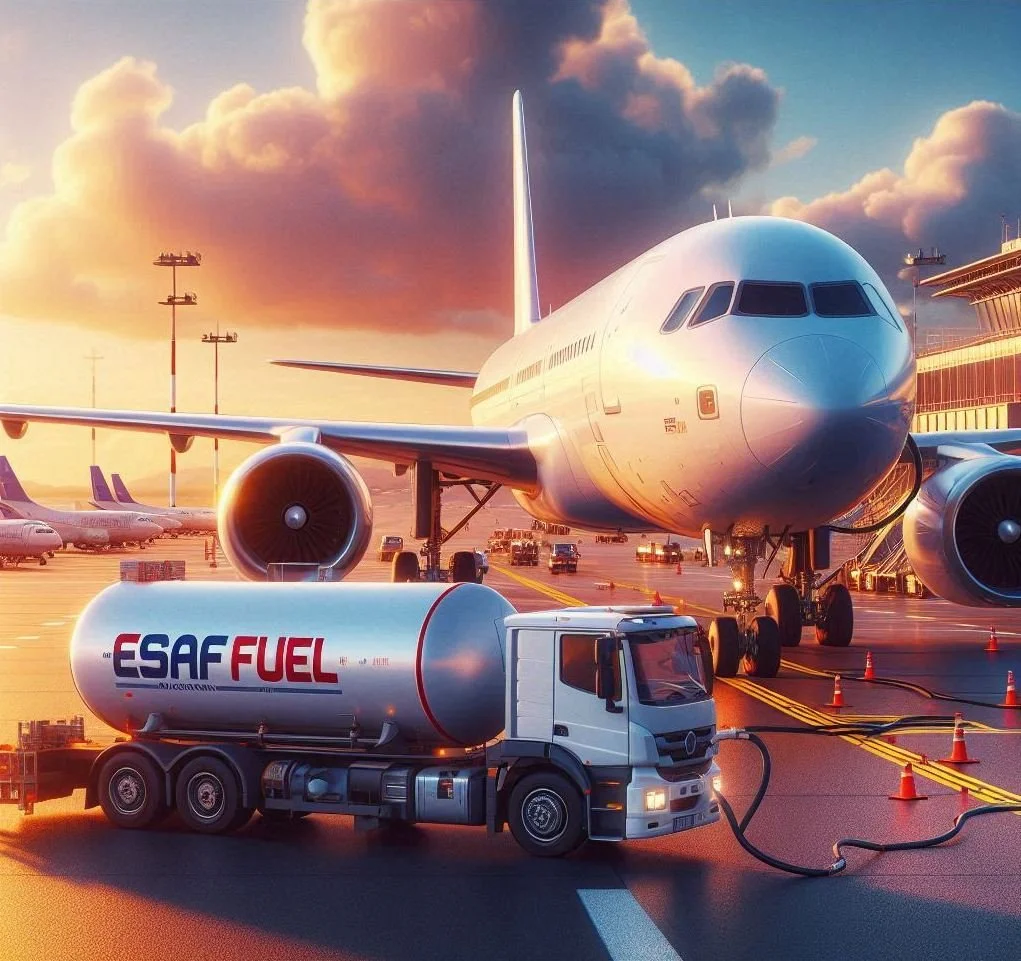
Adept Aqua moves molecules to close the carbon loop
in sectors such as aviation and agriculture.
We move molecules by harnessing natural renewable energy (non-electrified) to conduct “work”.
Opportunities for triple bottom line impact:
Nature remediation services
-
Marine Carbon Dioxide Removal (mCDR) - Extracting CO₂ from the marine environment for reuse, via our novel process (patent pending)
and
Direct Air Capture (DAC) - Extracting CO₂ from the atmosphere for reuse.
Trading of Industrial Gases
-
Trading of CO₂ gases - Supplying carbon dioxide for industrial and commercial applications, including food and beverage (carbonation), agriculture (greenhouse enrichment), and energy (e-fuels). This business model relies on long-term contracts with end-users, with growing demand for low-carbon and recycled CO₂ solutions to support sustainability.
Desirable end-use examples
-
Sustainable Aviation Fuel
(aka. eSAF, Non-biogenic SAF, synthetic fuel) is an aviation industry decarbonisation pathway that utilises recycled carbon dioxide molecules and green hydrogen, to produce a drop-in liquid fuel.With net zero by 2050, the aviation industry is entering into partnerships to accelerate the use of SAF across their fleets, with initiatives underway to develop a SAF industry in Australia.
Leaders such as Qantas have set a target for 10% of their fuel to be SAF by 2030 and 60% by 2050.Note: Singapore will require the use of some sustainable aviation fuel (SAF) on all flights departing the country from 2026 as part of their sustainability blueprint.
-
eMethanol, is a sustainable fuel and chemical feedstock offering an eco-friendly alternative to conventional methanol, which is typically produced from fossil fuels.
Over the last few years, there has been a massive increase in the volume of new-build methanol-ready ships on order, with the world’s largest shipping company Maersk leading the way.
-
The process involves capturing and converting carbon dioxide (CO2) emissions into stable, solid minerals that can be used in cement and concrete.
-
Agriculture, Horticulture and Aquaculture.
eg.
- CO2 enrichment within greenhouses promotes plant growth and increases crop yields.
- Controlled Environment Agriculture, such as vertical farming and other controlled environment agricultural systems.
- Aquaculture industry, specifically Recirculating Aquaculture Systems (RAS), for seaweed and oyster nurseries.Food and Beverage industry.
(eg. Beer, carbonated drinks, food packaging)

FAQs
-
Three things need to occur in order to catalyse the shift away from fossil fuel reliance.
Continued energy efficiency improvements.
Electrification of everything possible, with increased deployment of renewables and storage.
Advancements in CDR and CCU, with CO2 molecules recycled for the production of drop-in fuels, catering to hard-to-abate sectors.
-
Capturing CO2 molecules from oceans, rivers, atmosphere (aka CDR) or industrial sources (aka CCUS) and utilising it in the production of drop-in fuels like eSAF for aviation, creates a circular carbon economy, recycling CO2, and reducing net emissions.
-
While electrification is crucial for reducing greenhouse gas (GHG) emissions, technical barriers still prevent the full electrification of hard-to-abate sectors like aviation, aerospace, and shipping.
For at least the next few decades, the most technically feasible and commercially viable pathway to lowering emissions in these industries will involve the adoption of drop-in fuels derived from non-fossil sources.
-
Then we would have created a better world, with clean water and air, preserved biodiversity and protected endangered species, created energy independence, and built more livable cities, all for nothing.
-
We charge per unit of gas. (aka Molecules-as-a-Service)

Contact us:
We’d love to hear from you, to explore opportunities together.



